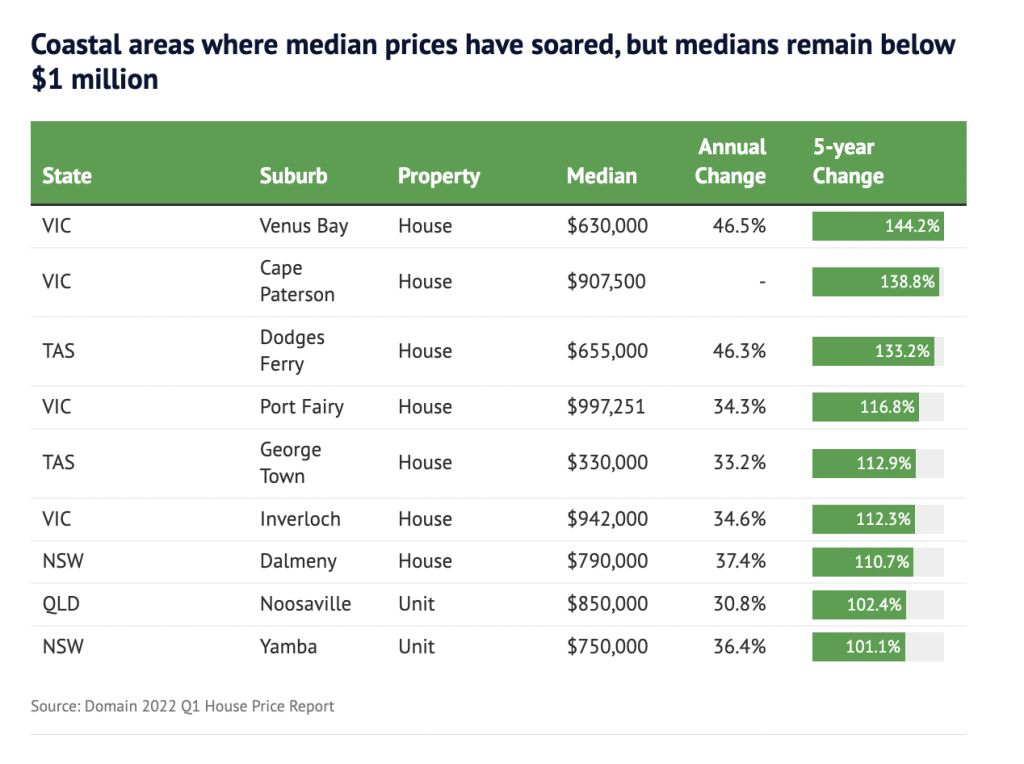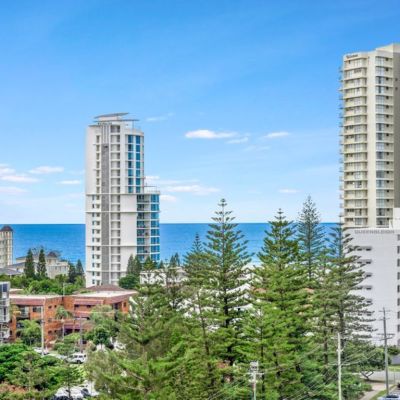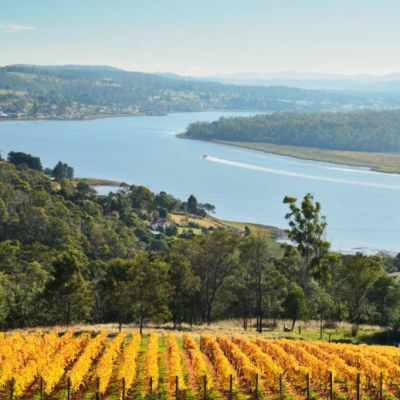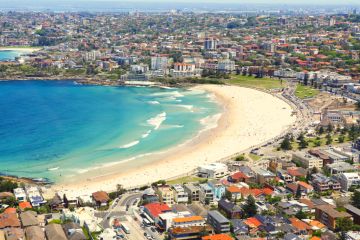Coastal towns where prices have doubled in five years but are still under $1m

Property prices have reached new heights in many coastal towns as a surge in demand from sea-changers and holiday home buyers fuels the growth.
Prices in some coastal hotspots have more than doubled over the past five years, sending median prices over the $1 million mark.

But there are some sea-change suburbs that still offer a sub-seven-figure price tag. The median house price in Port Fairy, in south-western Victoria, now sits just below $1 million, having soared about 117 per cent to $997,000 over the five years to March, Domain data shows. The median was up 34.3 per cent year-on-year.
Towns in the state’s south-east have also seen rapid price growth. Median house prices in Inverloch ($942,000) and nearby Cape Paterson ($907,500) have more than doubled, as have prices in nearby Venus Bay ($630,000), where three-bedroom houses on more than 600 square metres have recently been selling for around the median price point.
Stockdale & Leggo Port Fairy selling agent Sarah McCorkell said increased demand from sea-changers during the pandemic helped fuel price growth, as had low interest rates, rising investor activity and increased demand for holiday homes from farmers in surrounding regions.
“When the farms are doing well, the Port Fairy property market does well,” McCorkell said.

Homes below $1 million were now hard to come by in the centre of town, and those by the river or beach were fetching north of $2 million, with some sales last year topping the $5 million mark, McCorkell said.
She noted the strong price growth meant younger buyers were unfortunately being priced out of the area.
In NSW, the south coast town of Dalmeny still has a six-figure median price tag of $790,000 despite prices climbing about 111 per cent over the five years to March.
Whale Coast Realty principal John Murray said demand from sea-changers had accelerated during the pandemic, putting upward pressure on prices, with more buyers coming from both Sydney and Wollongong, and ongoing demand from Canberra buyers.

“Farms have had a fantastic couple of years out west, so we’re selling a good bit to [farmers as well], who are after holiday homes and investments,” Murray added.
Dalmeny offered buyers greater value for money than the nearby towns of Kianga and popular Narooma, where more homes had water views, Murray said.
Buyers with a budget of $790,000 were likely to pick up an older three or four-bedroom house that needed some work. They were unlikely to get a view but would still be in walking distance of the beach.
It’s not just house prices that have soared. Apartment prices have also doubled in the NSW north coast town of Yamba, dubbed the next Byron Bay by some, with the median climbing 101 per cent over the five-year-period to $750,000.
Further north, unit price in Noosaville, in Queensland’s Sunshine Coast, lifted 102 per cent to a median of $850,000. By comparison, unit prices in nearby Sunshine Beach and Noosa Heads have soared to about $1.42 million and $1.195 million, also more than doubling in the past five years.
Coastal towns in Tasmania have also experienced rapid growth but still have median house prices well below $1 million.
In Dodges Ferry, about a one-hour drive from Hobart, the median lifted about 133 per cent over the five-year period to $655,000, which has recently fetched buyers four-bedroom houses on sizeable blocks.
In George Town, in the state’s north east, the median jumped about 113 per cent to $330,000.
Knight Frank’s Peter Dehnert said that George Town, and Tasmania as a whole, had long been undervalued. Buyer demand had been picking up before the pandemic as sea- and tree-changers and returning Tasmanians sought more affordable homes. The trend then accelerated.
Both local and interstate buyers had overlooked George Town in previous years, Dehnert said. It was a blue collar, working-class community that once had a high proportion of housing commission properties.
“[Now] mainlanders are coming in, they’re looking at George Town and going ‘there is real value here’ – they don’t have the generational snobbishness attached,” he said.
Younger buyers were also relocating from more expensive Launceston, about a 45-minute drive away.
We recommend
We thought you might like
States
Capital Cities
Capital Cities - Rentals
Popular Areas
Allhomes
More










